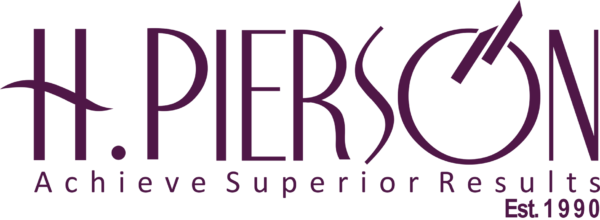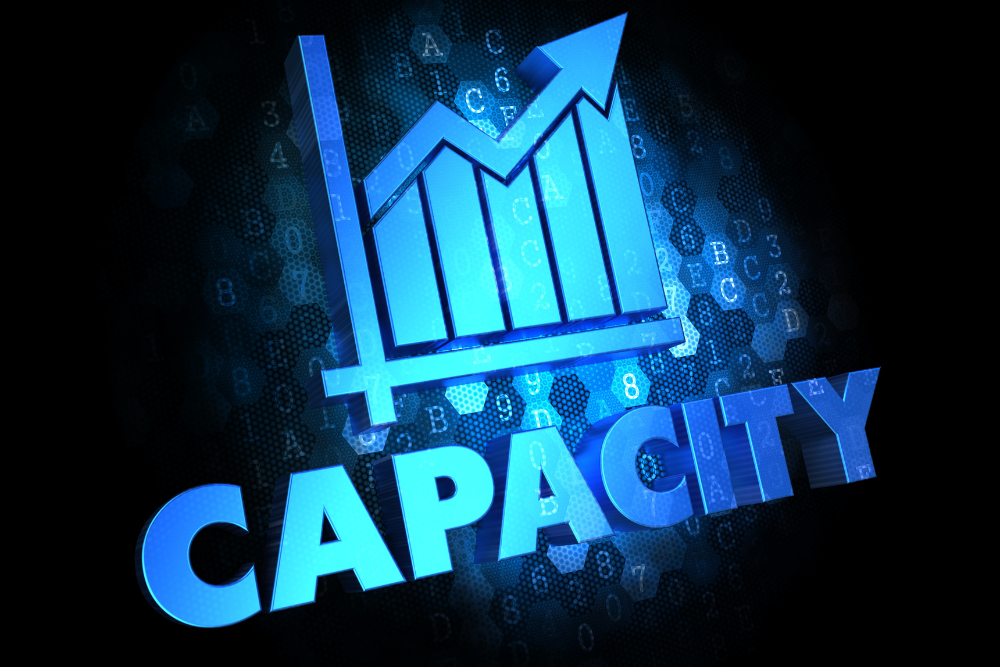For many years, being a Local Government Chairman meant managing administration — signing approvals, responding to requests, and overseeing routine matters. But times have changed.
With greater autonomy now comes greater responsibility — not just to act, but to deliver. And in this new era, the biggest shift is not in structure. It’s in how leaders lead.
Autonomy doesn’t just transfer control from federal to local levels. It transfers accountability. Citizens now look to you, and not Abuja for results. That spotlight brings a new challenge: are your leadership systems ready?
The Real Shift: From Oversight to Leadership
In councils across Nigeria, Chairmen are learning that authority is no longer enough. Teams are bigger. Budgets are larger. Expectations are rising. Yet many councils still operate with outdated leadership models — where control is centralised, and decision-making slows down when the Chairman is unavailable.
The real challenge now is not only what you decide, but how you lead others to act.
This was the focus of Rwanda’s Imihigo system, where mayors sign annual performance contracts with measurable goals, reviewed publicly. Beyond the contracts, the real breakthrough came when district leaders were trained to set direction, track execution, and hold their own teams accountable. Leadership became a process — not a personality.
Similarly, in the Philippines, the Local Government Academy has been used to develop mayors and municipal leaders through structured coaching, peer learning, and leadership diagnostics. Over time, councils that invested in leadership saw better service delivery and improved citizen engagement.
These cases show that in a decentralised system, it’s not policies alone that drive progress it is leadership capacity.
What Holds Leadership Back in Many Councils
In our work across Nigeria, we’ve seen four challenges that weaken public sector leadership at the local level:
- Reactive, Not Intentional Leadership
Many councils respond to issues as they arise but don’t set a clear performance rhythm that drives focus week by week.
- Leadership Gaps Below the Chairman
When Heads of Department aren’t equipped to lead independently, all decisions funnel upwards, slowing action and breeding frustration.
- Lack of Team Alignment
Councils often operate in silos. Directors pursue different agendas, and performance reviews rarely happen. Without shared goals, delivery is inconsistent.
- Weak Accountability Culture
Because feedback and follow-up are informal or absent, underperformance is tolerated and the system slowly accepts delay as normal.
How We Help Build Leadership That Delivers
At H. Pierson, we help Chairmen and their executive teams strengthen leadership from the inside out, using systems, routines, and coaching that embed performance into daily operations.
Here’s how:
Leadership Development & Coaching
We work with Chairmen and top officials to clarify leadership styles, improve decision-making, and develop successors who can lead without waiting for directives.
Culture Transformation
We help councils move from compliance-based environments to performance-driven ones where people take ownership and execution is expected, not requested.
Performance Management Design
We support councils to introduce structured systems: scorecards, check-ins, and measurable reviews. These create follow-through, even when priorities shift.
Leadership Is the Culture You Create
Chairman, the people you lead take cues from how you lead. If meetings lack clarity, they do the same with their teams. If accountability is optional, it becomes the norm. Leadership is not just your personal example — it is the environment you tolerate or change.
The question isn’t whether you’re in charge. It’s whether your team knows how to perform without your daily push.
Final Thought
Autonomy gives you the platform. But leadership gives you the results. And the councils that will stand out in this new era are not the ones with the biggest budgets, they arethe ones with the strongest leadership systems.
Chairman, now is the time to build the kind of leadership that outlasts your tenure and transforms how your council performs.
Let’s build leadership that works not just for now, but for what’s next.












